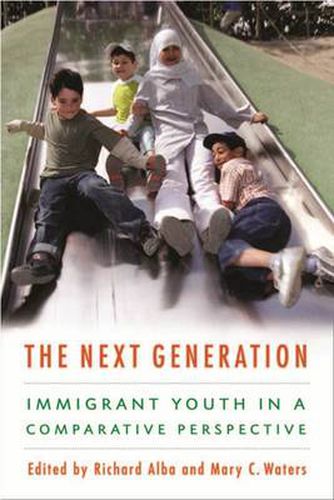Readings Newsletter
Become a Readings Member to make your shopping experience even easier.
Sign in or sign up for free!
You’re not far away from qualifying for FREE standard shipping within Australia
You’ve qualified for FREE standard shipping within Australia
The cart is loading…






One fifth of the population of the United States belongs to the immigrant or second generations. While the US is generally thought of as the immigrant society par excellence, it now has a number of rivals in Europe. The Next Generation brings together studies from top immigration scholars to explore how the integration of immigrants affects the generations that come after. The original essays explore the early beginnings of the second generation in the United States and Western Europe, exploring the overall patterns of success of the second generation. While there are many striking similarities in the situations of the children of labor immigrants coming from outside the highly developed worlds of Europe and North America, wherever one looks, subtle features of national and local contexts interact with characteristics of the immigrant groups themselves to create variations in second-generation trajectories. The contributors show that these issues are of the utmost importance for the future, for they will determine the degree to which contemporary immigration will produce either durable ethno-racial cleavages or mainstream integration.
$9.00 standard shipping within Australia
FREE standard shipping within Australia for orders over $100.00
Express & International shipping calculated at checkout
One fifth of the population of the United States belongs to the immigrant or second generations. While the US is generally thought of as the immigrant society par excellence, it now has a number of rivals in Europe. The Next Generation brings together studies from top immigration scholars to explore how the integration of immigrants affects the generations that come after. The original essays explore the early beginnings of the second generation in the United States and Western Europe, exploring the overall patterns of success of the second generation. While there are many striking similarities in the situations of the children of labor immigrants coming from outside the highly developed worlds of Europe and North America, wherever one looks, subtle features of national and local contexts interact with characteristics of the immigrant groups themselves to create variations in second-generation trajectories. The contributors show that these issues are of the utmost importance for the future, for they will determine the degree to which contemporary immigration will produce either durable ethno-racial cleavages or mainstream integration.